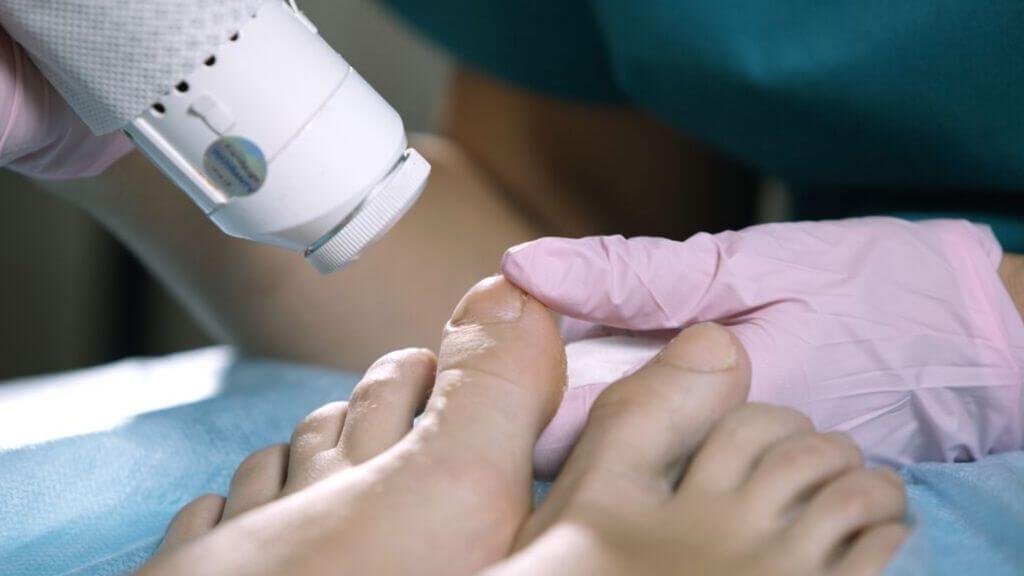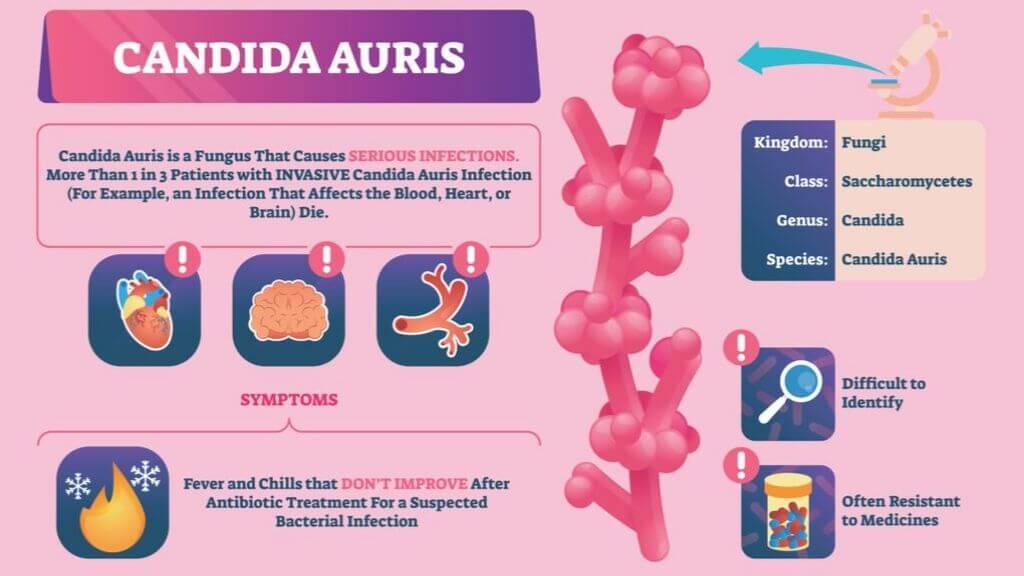Candida is a type of yeast that lives within your body. Small amounts of Candida are not problematic, but certain conditions can cause an overgrowth, which can negatively impact your health.
An infection known as candidiasis develops, and this is one of the most common infections in humans. The beneficial bacteria in your body typically keep the fungus under control, but if they are disrupted or your immune system is compromised, Candida can grow out of control.
Candida Overgrowth Causes
There are a number of factors that contribute to Candida yeast overgrowth.
♦ Taking antibiotics, which kills your beneficial bacteria along with any pathogenic strains
♦ High alcohol consumption
♦ A weakened immune system
♦ Diabetes
♦ High stress levels
♦ A diet high in sugars and refined carbohydrates
♦ Taking oral contraceptives

Candida Overgrowth Symptoms
Candida has the ability to protect itself by changing shape. Once in the bloodstream, Candida can travel to any part of the body. This means that symptoms of the overgrowth can appear anywhere in the body.
The most common signs of overgrowth include:
♦ Skin issues such as eczema, psoriasis, or rashes
♦ Digestive issues such as bloating, constipation, and diarrhea
♦ Chronic fatigue
♦ Skin and nail fungal infections
♦ Strong sugar or carbohydrate cravings
♦ Irritability, mood swings, depression, or anxiety
♦ Brain fog, difficulty concentrating, and poor memory
Candida Overgrowth Diagnosis
Physical examination and a discussion of your symptoms are used to diagnose a Candida overgrowth.
Blood tests can also be taken as well as stool samples depending on the location of the infection. A sample from the infected body site can be taken and sent to the labs for testing. Results usually take a few days, and treatment will begin right away.
Candida Overgrowth Treatment
Antifungal medication is the primary form of treatment for Candida overgrowth, but this depends on the age, severity, and immune system status of the individual. Most medications are taken orally, but in severe cases, they may be given intravenously.

Treatment needs to continue for two weeks after all symptoms have disappeared, so as to make sure the yeast is no longer in your bloodstream. In cases where the infection has reached bones, heart, or the central nervous system, treatment will need to go for longer.
Candida Overgrowth Diet
Yeast like Candida thrives on sugar, so a diet high in sugar will promote overgrowth. Studies have found that increased sugar intake is linked to increased counts of yeast in the mouth as well as more frequent infections.
Eliminating or cutting back on sugar will not be effective against all yeasts, but it can prevent overgrowth and risk of a Candida infection. By essentially starving the Candida, they are not able to grow and spread as efficiently.
Adding beneficial spices to your diets such as garlic and turmeric can also help to keep Candida under control. Garlic has been shown to reduce the ability for Candida to attach to cells in your mouth.
Turmeric has been found to be even more effective because of its ability to kill Candida yeast and reduce their growth. In many cases, turmeric has been found to be more effective than leading antifungal medications.
In addition to treatment for yeast overgrowth, turmeric has numerous benefits that make in an ideal addition to your medicine cabinet.

Natural Treatments for Candida Overgrowth
Medications will help eliminate yeast overgrowth and restore healthy conditions again. Once this is achieved, dietary changes along with additional natural treatment options can help keep Candida under control by supporting your natural bacterial community. This prevents Candida overgrowth from becoming a problem again.
Treatment that supports the health of your gut microbiome will help prevent future Candida overgrowth problems and infections. The best way to achieve a healthy gut and bacterial community is through probiotics.
Probiotics can help restore your bacterial colony, which will, in turn, keep Candida in check. Probiotics can be taken as supplements or can be found in fermented foods such as yogurt, kefir, sauerkraut, kimchi, kombucha, and, pickles.
What Are the Variations of Candida Overgrowth?
The variations of Candida overgrowth are related to the areas of the body overcome by infection.
♦ Mouth, throat, and esophagus: This is also known as oral thrush and causes white patches on the inner cheek, roof of the mouth, and throat. Without prompt treatment, the infection can spread to the esophagus. Esophageal candidiasis is a common infection among individuals with HIV.
♦ Vaginal candidiasis: Candida typically lives in the vaginal area, but when overgrown, it causes infection. Symptoms will include itching, pain, and abnormal discharge. The symptoms are similar to other vaginal infections, so it is important to get a diagnosis for proper treatment.
♦ Invasive candidiasis: This more serious version affects the brain, blood, heart, eye, and bones and is common among hospitalized patients.

Candida Overgrowth Statistics
♦ The average incidence of Candida overgrowth in the United States is 9 in 100,000 people.
♦ The CDC estimates that there are 25,000 cases of Candidiasis each year.
♦ Candida overgrowth is more common among adults over the age of 65, and are likely the result of weaker immune systems.
♦ Rates of Candida overgrowth are twice as high for black individuals as compared to non-black individuals.
Candida Overgrowth and Children
Candida can become overgrown in children as well as adults, and it produces similar symptoms. It is typically a result of a weakened immune system.
In infants, Candida yeast overgrowth is commonly caused by poor hygiene and too much time lapsing between diaper changes. The infection is treated in the same ways as adults. In some rare cases, life-threatening conditions can develop, so prompt diagnosis and treatment are important.
What Is the Long-Term Outlook?
Candida is a common cause of infection in humans, but it can be easily treated. There are numerous symptoms to help you identify the presence of an overgrowth. Once diagnosed, you can begin treatment.
It is important to identify the overgrowth quickly and begin treatment right away to prevent the infection from spreading and causing more serious complications. Once treated, and the Candida levels return to normal, symptoms disappear, and your health returns.






